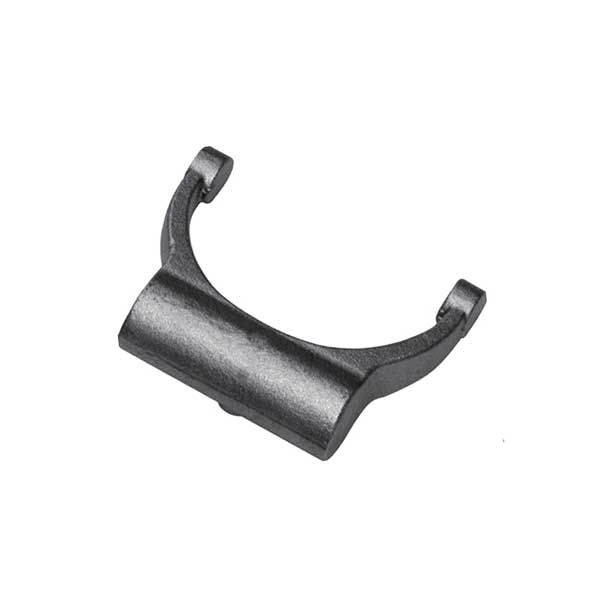The fork is used for the components on the gearbox, connected to the shifting handle, at the lower end of the handle, and the intermediate shifting wheel is toggled to change the input/output speed ratio. The sleeve is placed on the fork shaft and two are used during use. The bite gear is disengaged to shift one of the gears sliding on the gear shaft to the other gear to obtain another speed.
The clutch fork forging is the predecessor of the fork, and the fork is further processed by the clutch fork forging. Therefore, the structure of the clutch fork forging affects the performance and effect of the fork, and the traditional fork forging shape It also tends to be diversified, but most of its forks are not symmetrically arranged, which leads to more troublesome processing and production costs, and on the other hand, the strength of the different forks will be different. In addition, it is easy to cause local damage and breakage. In addition, although some of the clutch forks are symmetrically arranged, the length of the fork does not exceed half of the gear shaft, although the shifting effect can be achieved. The stability is not good, and the fork body directly opposes the gear, which is prone to wear and even affects the overall strength of the fork body.
Our company’s customized clutch fork forgings are closed-die forging. Closed die forging is the process that metal is placed in a die resembling a mold attached to an anvil. Usually the hammer die is shaped as well. The hammer is then dropped on the workpiece causing the metal to flow and fill the die cavities. The hammer makes contact repeatedly within milliseconds. Depending on the size and complexity of the part the hammer may drop multiple times in a series of quick successions. The excess metal that is squeezed out of the die cavities is referred to as flashing. The flash cools more rapidly than the rest of the material and the flash is usually stronger than the metal in the die so it helps prevent more flash from forming. The flash also forces the metal to completely fill the die cavity and after forging the flash is removed.
In commercial closed die forging, the workpiece is usually moved through a series of cavities in a die to get from ingot form to the final form. The first impression is used to distribute the metal into the rough shape in accordance to the material needed later in the cavities. This impression is called an edging or fullering or bending impression. The cavities after this are called blocking cavities in which the piece is worked into a shape that more closely looks like the final product. These different stages usually give the workpiece generous bends and large fillets. The final shape is forged in a finisher or final cavity. If there is only a short run of the parts then it may be more economical to forgo the final impression cavity and instead machine the part.








